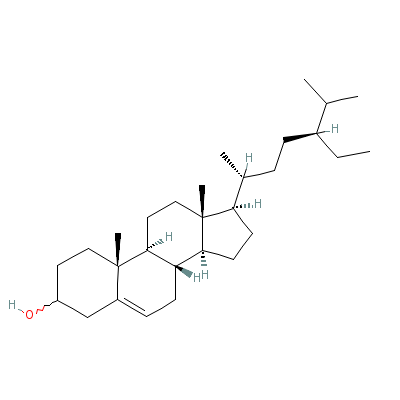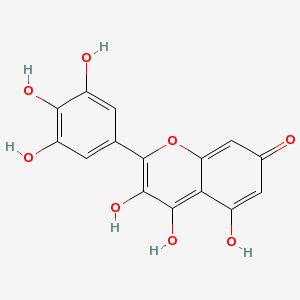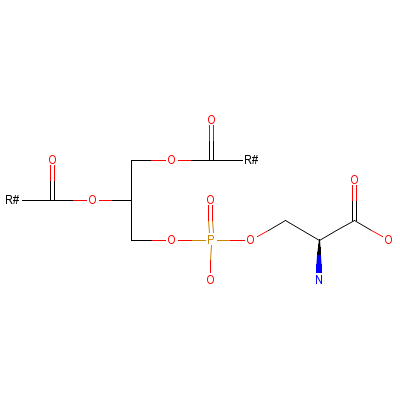Abelmoschus moschatus (L.) Medic. |
| |
|
|
Botanical Name |
: |
Abelmoschus moschatus (L.) Medic. |
English
Name |
: |
Musk Mallow |
Synonym(s) |
: |
Hibiscus abelmoschus L. |
Family |
: |
Malvaceae |
| |
General Info
| Description |
 |
|
Perennial Herb or undershrub, 0.25-3 meters tall, with taproot or tuberous root. Stems solid, sometimes hollow; stem apices and petioles with many obliquely downwardly directed long sharp bristles, rarely sparsely hairy or glabrous. Leaves extremely variable in shape and size, petiole 6-30 cm long; lower suborbicular in outline, cordate, lower or palmately 3-7 lobed, upper narrower, hastate or sagittate at the base with linear-oblong or triangular lobes. Flowers axillary, solitary and resemble those of the hibiscus and is usually watermelon pink, although they are sometimes white or cream in colour. Pedicel ± accrescent. Epicalyx segments 7-10, rarely more, free, persistent, linear, filiform, lanceolate or oblong, usually acute, with simple hairs. Calyx outside stellate-tomentose, inside simply sericeous. Petals obovate, at apex rounded, at base fleshy and ciliate by simple hairs, for the rest scattered gland-hairs or glabrous. Staminal column mostly yellow, at base dark purple, glabrous. ovary ovoid, 5-celled, hirsute; style 1, distally 5- branched but branches sometimes united to various degree, hairy; stigmas discoid. Fruit a loculicidally dehiscent, many seeded, ovoid or globose capsule, 2-8 cm long, occasionally fusiform, acuminate with a short rostrum, somewhat angular, usually hispid with simple stiff hairs, often also with short simple hairs and minute stellate hairs, rarely glabrous, black or dark brown; valves chartaceous or coriaceous, inside smooth and shining. Seeds concentrically ribbed, somewhat warty, mostly glabrous, sometimes ferrugineously stellate-tomentose, black-brown. A delicate musk-like odour is produced by the seed coat. |
| Herb Effects |
 |
|
Antitumor (in vitro), aphrodisiac, carminative, antiseptic, increases the secretion of gastric juices and antihysteric (seed), larvicidal activity (roots) and antihyperglycemic. |
Chemistry
| Active Ingredients |
 |
|
Beta-sitosterol, its beta-D-glucosides, myricetin and its glucosides (leaf and flower); phopholipids alpha-cephalin and phosphatidylserine (seed oil). |
| Chemistry
of Active Ingredients |
 |
|
|
 |
Name |
CAS# |
IUPAC Name |
Formula |
Structure |
 |
|
| Beta-sitosterol |
5779-62-4 |
17-(5-ethyl-6-methyl
-heptan-2-yl)-10,13-
dimethyl-2,3,4,7,8,9
,11,12,14, |
C29H50O |

|
| Myricetin |
529-44-2 |
3,4,5-trihydroxy-2-(
3,4,5-trihydroxyphen
yl)-chromen-7-one |
C15H10O8 |

|
| Phosphatidylserine |
Not Available |
Not Available |
Not Available |

|
|
Pharmacology
| Medicinal Use |
 |
|
Stomach disorders,hysteria and as an aphrodisiac (seed); venereal diseases and sexual disorders (in men).The roots, seeds, and sometimes leaves, are used in traditional Indian medicines for a variety of illnesses including intestinal complaints, constipation, dyspepsia, and gonorrhea (Oudhia, 2001a).Roots and leaves are cures for gonorrhea (Agharkar 1991). Even use against venomous reptiles has been reported (Lindley 1985). The poultice of leaves and roots are used for boils, cystitis, fever, headache, rheumatism and vericose vein. |
| Contraindication |
 |
|
Non-toxic, non-irritating, and non-sensitizing. |
| Reference |
 |
|
 Agharkar SP. Medicinal plants of Bombay presidency. Scientific Publ. Jodhpur, India. First reprint 1991, p. 1-2 Agharkar SP. Medicinal plants of Bombay presidency. Scientific Publ. Jodhpur, India. First reprint 1991, p. 1-2
Chandel et al., Biodiversity in Medicinal and Aromatic Plants in India.
Lindley J. Flora medica. Ajay Book Service, New Delhi 1985
Oudhia P. My experiences with world’s top ten Indian medicinal plants: Glimpses of research at farmer’s field in Chhattisgarh (India). In: Abstract. Workshop cum Seminar on Sustainable Agriculture for 21st Century, IGAU, Raipur, India, 2001a, 20-21 Jan. |
Dealers
Products
|
|